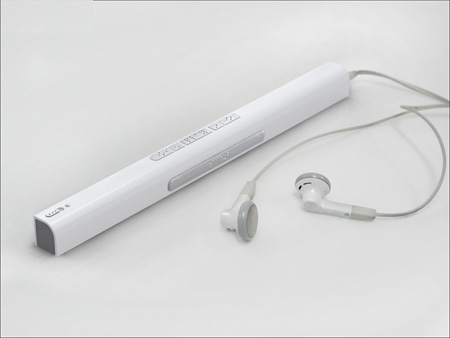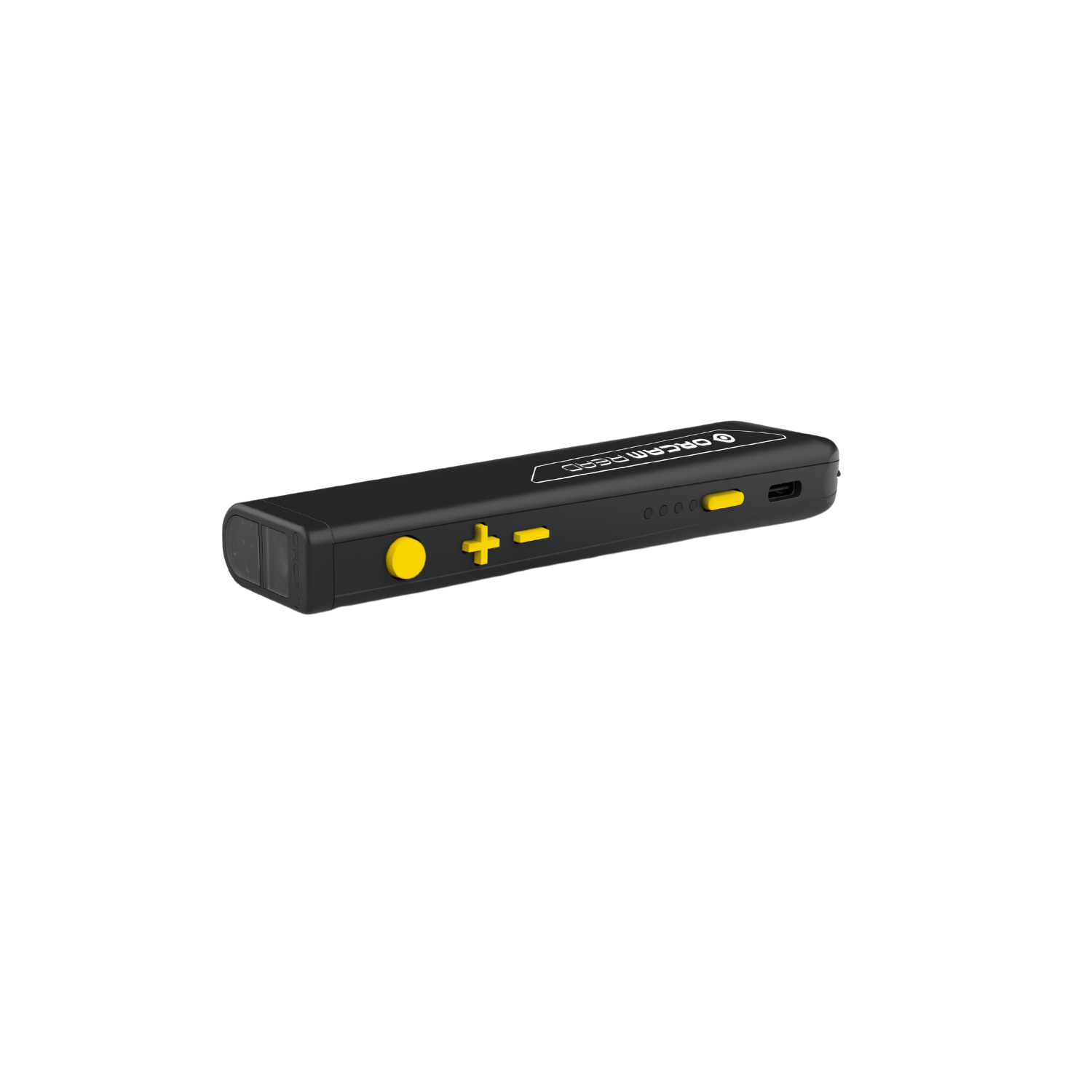Wearable Technology for Low Vision: Making Daily Life Easier
Empowering Self-reliance With Assistive Modern Technology for the Blind
The integration of assistive modern technology into the lives of individuals with aesthetic disabilities represents a considerable improvement in promoting freedom and self-sufficiency. From innovative screen readers to innovative smart walking sticks, these devices not only enhance everyday navigating and communication however additionally equip users to involve meaningfully in numerous elements of life. As we check out the myriad advantages and real-world applications of these technologies, it comes to be important to take a look at the underlying aspects that contribute to their efficiency and the potential for future advancements in this crucial field.
Summary of Assistive Innovation

The growth of assistive modern technology is based in principles of inclusivity and empowerment. Developments in software program, equipment, and sensory improvements provide users with alternatives customized to their particular requirements. From display viewers that convert message to speech, to tactile tools that communicate information with touch, these devices change the method individuals involve with their environments.
In enhancement to functional applications, assistive innovation promotes greater social inclusion and engagement in various sectors, consisting of education and learning and employment (Wearable technology for low vision). As r & d remain to develop, the capacity for assistive innovation to even more boost the lives of visually impaired individuals stays encouraging, leading the method for a much more fair society where everybody can thrive
Sorts Of Assistive Instruments
A selection of assistive tools have actually arised to sustain individuals with aesthetic problems, each developed to satisfy specific requirements and enhance daily functioning. These devices range from low-tech options to high-tech advancements, giving varied alternatives for users.
Low-tech gadgets consist of magnifiers and large-print materials that help in reading and writing. Braille devices, such as Braille stylus pens and slates, make it possible for responsive reading and communication. Positioning and wheelchair help, like white canes, assist individuals browse their setting safely.
On the greater end of the range, digital magnification systems and display visitors provide considerable support. Electronic magnifiers allow users to enlarge text and images on displays, while screen visitors transform digital content into synthesized speech, facilitating access to details on mobile phones and computer systems.
Smart device applications additionally play a vital function, supplying functions like message acknowledgment and navigating support. Wearable modern technology, such as wise glasses geared up with augmented fact, is arising as an encouraging device to enhance situational recognition.
Benefits of Assistive Technology
The integration of assistive modern technology significantly enhances the high quality of life for people with visual disabilities. These modern technologies equip individuals by advertising freedom, allowing them to browse their environments better and execute everyday jobs with higher simplicity. As an example, screen visitors and magnification software enable individuals to accessibility electronic information, cultivating academic and professional opportunities that might have previously been out of reach.
Additionally, assistive tools such as wise walking sticks and GPS applications give real-time navigation help, improving movement and safety and security. This increased autonomy not just enhances self-confidence however additionally urges social interaction, enabling customers to get involved more completely in their communities.
Assistive eye glass frames for women innovation likewise promotes communication, assisting users get in touch with others through voice acknowledgment and text-to-speech applications. This ability is crucial for keeping relationships and accessing essential information.
In addition, the customization choices offered with several assistive innovations ensure that individuals can customize devices to their specific demands, even more improving use and efficiency. Overall, the advantages of assistive technology for people with visual impairments are profound, advertising an extra inclusive society where every person can seek their desires and goals.
Case Researches and Success Stories
Highlighting the transformative influence of assistive technology, various instance researches show exactly how people with aesthetic disabilities have efficiently integrated these devices right into their day-to-day lives. One engaging instance involves an university student who utilized screen reading software to navigate online sources and academic materials successfully. This innovation not just facilitated her education but additionally enhanced her confidence in joining conversations and group jobs.
An additional study features an expert that utilizes a smartphone application made for navigating ladies reading glasses and object acknowledgment. By utilizing this app, he has gained back freedom in both his individual and workplace, enabling him to commute individually and engage with colleagues extra properly.
Furthermore, a senior citizen shared her experience with braille e-readers, which enabled her to access a vast range of literature and remain gotten in touch with her community through publication clubs.
These success tales underscore the critical function of assistive modern technology in fostering independence, boosting lifestyle, and advertising social integration for individuals with visual disabilities (Voice-activated assistive devices). By embracing these cutting-edge tools, individuals can get rid of challenges and seize possibilities that add to their individual and expert fulfillment

Future Trends in Assistive Modern Technology
Advancement in assistive technology is poised to redefine the landscape of assistance for individuals with aesthetic problems. Arising trends stress the assimilation of expert system (AI) and machine discovering, which enhance the functionality of gadgets that help with navigation and details ease of access. AI-driven applications are now qualified of translating visual data in real-time, enabling customers to involve with their environment extra individually.
Moreover, the development of wearable modern technology is progressing rapidly. Smart glasses furnished with increased truth (AR) can provide audio summaries of environments, changing exactly how customers interact with public areas. These devices not just promote freedom but likewise foster social addition.
In Addition, the Internet of Points (IoT) is making homes smarter, permitting smooth connection between assistive tools and everyday appliances. This connectivity equips customers by enabling automated feedbacks and voice-activated controls customized to individual needs.
Final Thought
To conclude, assistive modern technology plays a critical function in equipping individuals with aesthetic disabilities by boosting their freedom and involvement with their environments. The diverse series of gadgets and applications offered about his not only promotes navigation and communication but also promotes social integration and opportunities for personal and expert growth. As improvements proceed in this area, the possibility for boosting the lifestyle for those with visual impairments will certainly broaden, promoting greater autonomy and empowerment.
